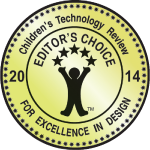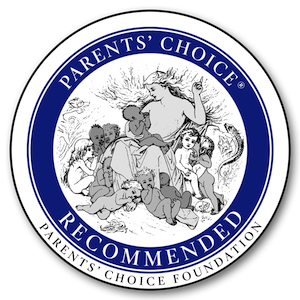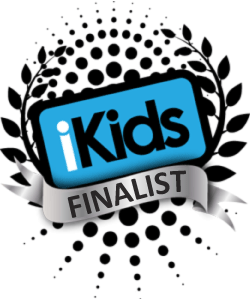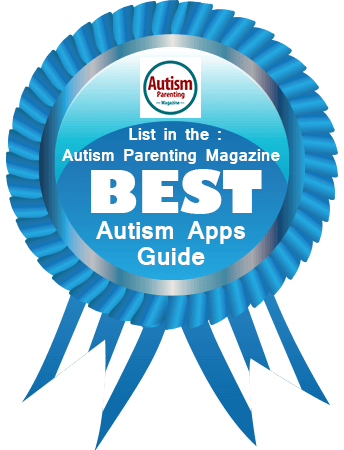Two different approaches to designing children’s educational games
By now, I have done a fair bit of research and spoken with numerous people about the philosophy of designing educational childrens games. I have noticed a dichotomy. In general, there are two fundamentally different approaches that game makers take.
First, I’ll call it the Educator Approach. This approach starts with defining the learning objective. The learning objective would have a clearly defined target audience, age range, what the kids’ capabilities are, what skills are being taught, and how to measure the outcome. The game is then built around the learning objective. Often times the game designer will layer on top of it different techniques and various best practices to make the game interesting and engaging. A game metaphor would be layered on top of the learning objective. The strength of this approach is that the products tend to explicitly serve a learning goal. While some of these products can be fun and engaging, often times they are not.
The second approach is what I call a Toy approach. In this approach, entertaining the kids is the starting—and often the ending—driver in game design. These games are fun first and foremost, educational second. While this is not to say that kids don’t learn critical skills from play, it does mean that focused skills development isn’t the priority.
Naturally, most of the childrens games out in the market aren’t strictly one or the other; instead, they have a blend of the two approaches. Also, I believe all good game makers sincerely try to combine both learning and entertainment into the same game, but the fundamental starting point of the game drives many of the key design decisions and is evident in the final product. In my opinion, some of the best products are the ones where the game maker has done a beautiful job of combining the two.
Here at 77SPARX, we also try to merge the two approaches. While at our core, we have the toddlers’ learning at the heart of what we do. We believe that engaging and empowering the parents in the educational process is useful and important. It is through those angles that we approach the designs of our products.









No comments yet.